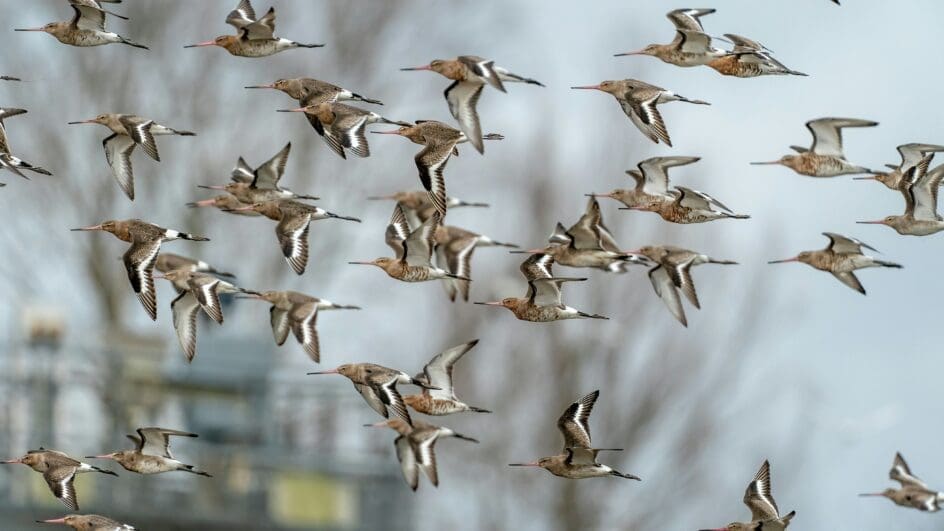
European Union lawmakers approved the EU Nature Restoration Law, keeping alive a policy that has become a target of farmers’ protests across member states. A total of 329 voted in favour, 275 against, and 24 abstained on Tuesday (27/02). Farming unions had urged members of the parliament to support the agricultural sector by rejecting the law because they found it to impose excessive bureaucracy on farmers.
The Nature Restoration Law (NRL) aims to reverse the decline of Europe’s natural habitats, 81 per cent of which are classed as being in poor health. Restoring wetlands, rivers, forests, grasslands, marine ecosystems, and the species they host will help to increase biodiversity, enable nature to pollinate, clean water and air, limit global warming to 1.5°C and build up Europe’s resilience and strategic autonomy, preventing natural disasters and reducing risks to food security.
The new law sets the EU a target to restore at least 20% of the EU’s land and sea by 2030, and all ecosystems in need of restoration by 2050 to reverse the decline of Europe’s natural habitats. Member states must restore at least 30% of habitats specifically covered by the new law from a poor to a good condition by 2030. That target would increase to 60% by 2040, and 90% by 2050.
In line with Parliament’s position, EU countries will need to give priority to Natura 2000 areas until 2030. Once in a good condition, EU countries shall ensure an area does not significantly deteriorate. Member states will also have to adopt national restoration plans detailing how they intend to achieve these targets.
To improve biodiversity in agricultural ecosystems, EU countries will have to make progress in two of the following three indicators: the grassland butterfly index; the share of agricultural land with high-diversity landscape features; the stock of organic carbon in cropland mineral soil. Measures to increase the common farmland bird index must also be taken as birds are good indicators of the overall state of biodiversity.
As restoring drained peatlands is one of the most cost-effective ways to reduce emissions in the agricultural sector, EU countries must restore at least 30% of drained peatlands by 2030 (at least a quarter shall be rewetted), 40% by 2040 and 50% by 2050 (where at least one-third shall be rewetted).
The law provides for an emergency brake, as requested by Parliament, so targets for agricultural ecosystems can be suspended under exceptional circumstances if they severely reduce the land needed for sufficient food production for EU consumption.
The law also demands a positive trend in several indicators in forest ecosystems and an additional three billion trees to be planted. Member states will also have to restore at least 25000 km of rivers into free-flowing rivers and ensure there is no net loss in the total national area of urban green space and of urban tree canopy cover.
With Europe’s natural inhabitants and ecosystems in poor condition due to the intensive exploitation of land and sea, the NRL – a world first, is a unique opportunity for the EU to show leadership and gain a competitive advantage through innovation for its agri-food industry. Restoring degraded land is beneficial for food production, leading to more fertile soil, better resistance to extreme weather and higher productivity.

